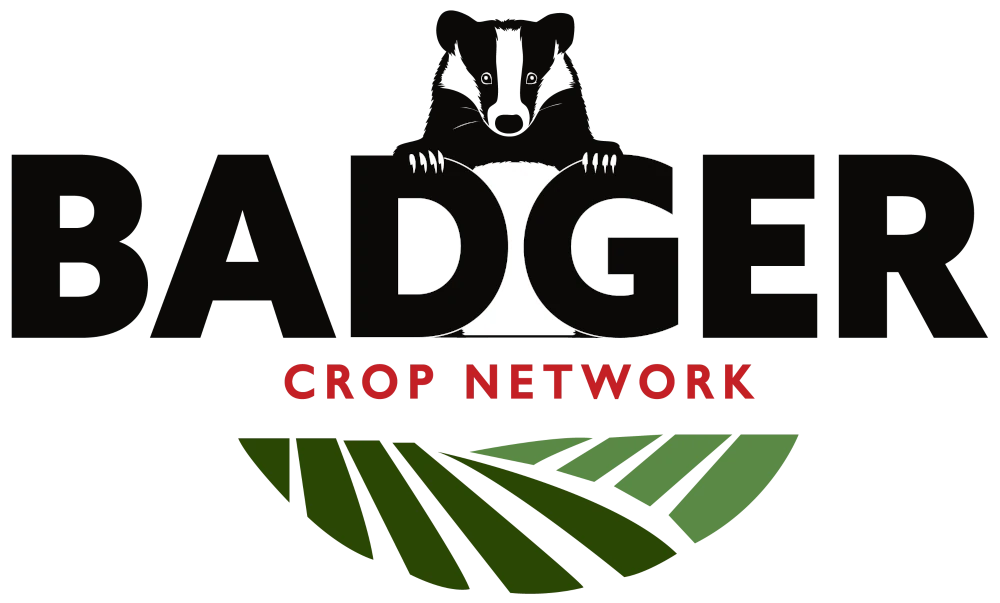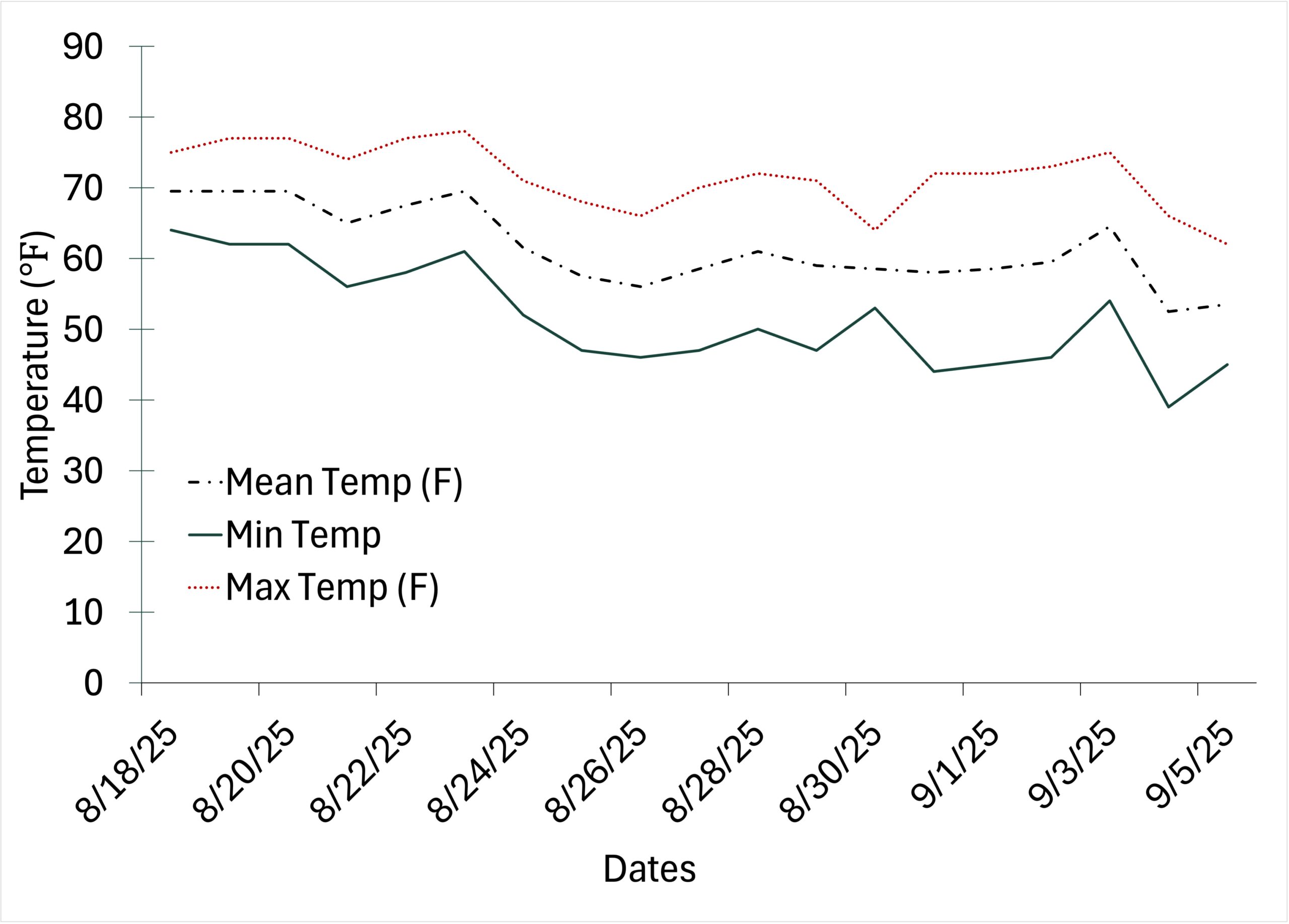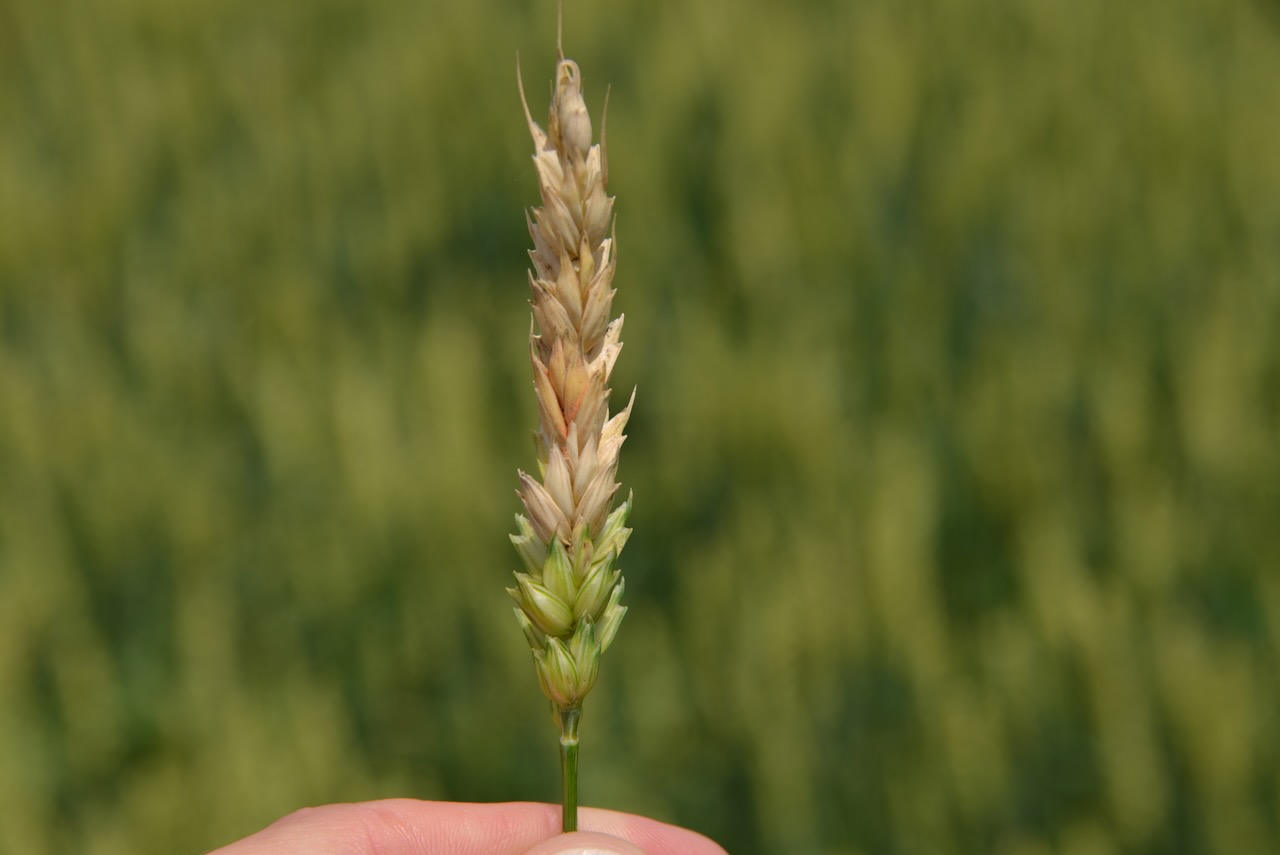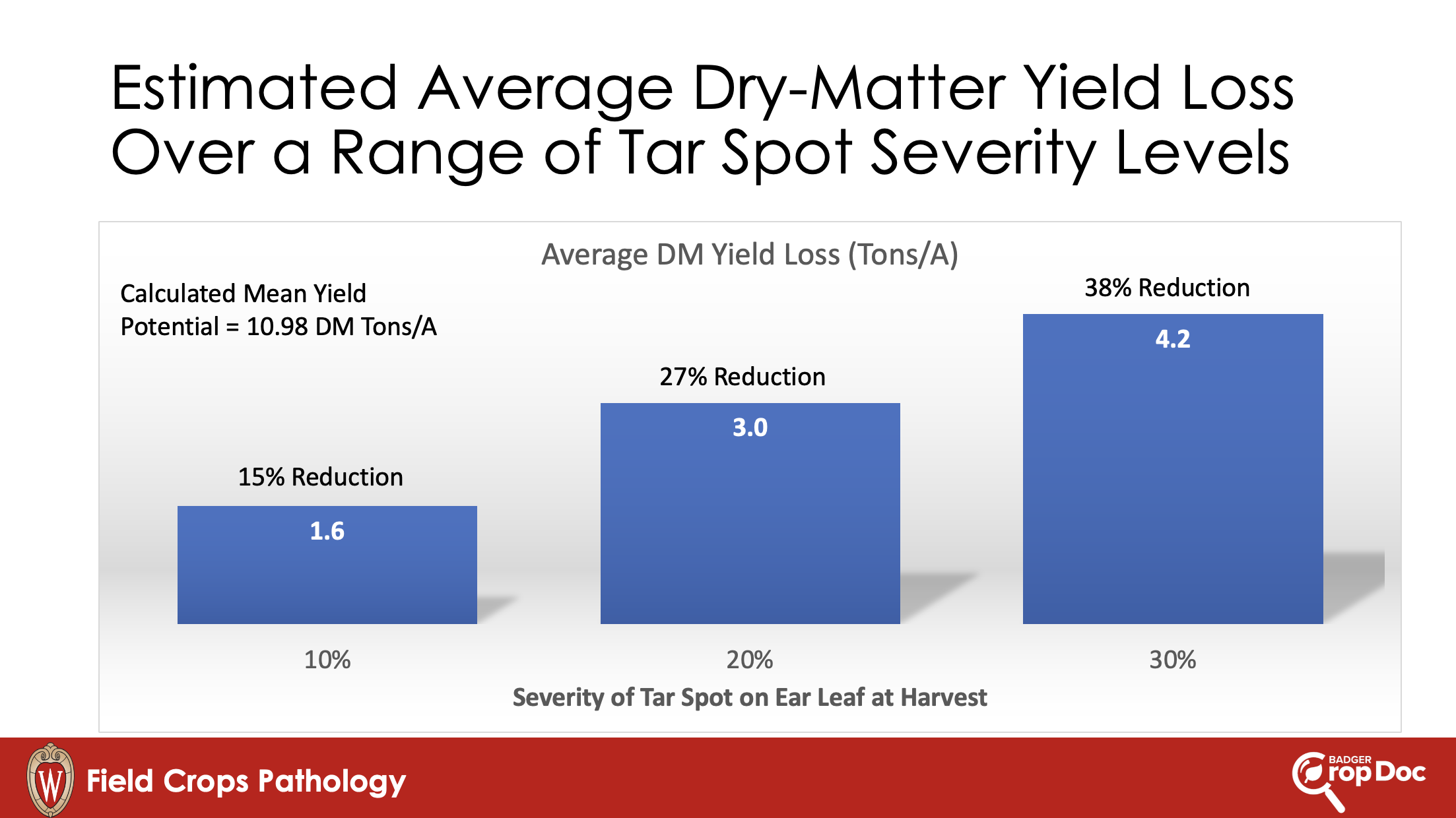CORNversations with Kaur #3
With the air quality index between 150-200, there has been a diligent watch on how the recent surge in poor air quality across southern and south-central Wisconsin due to smoke from Canadian wildfires is affecting human life, concerns are also about its impact on corn growth and development. The full extent of the effects is still unknown, current research and observations suggest a mix of potential challenges and benefits for corn crops.
Most recent estimates from GML dataset expect a decline of more than 25% in daily solar radiation due to smoke-induced haze. This reduction is due to the reflection of incoming sunlight due to smoke and can impair photosynthesis, especially in corn because it is a C4 photosynthesis crop and has a higher light saturation point. If such conditions are sustained for a longer period of time it may lead to weaker stalk development, and increased susceptibility to lodging before harvest.
Secondly, the air pollutants in the wildfire smoke may increase the concentration of ground level ozone. Elevated ozone levels can cause plant distress by damaging tissues, disrupting photosynthesis, and ultimately reduce crop yields.
From the dark smoky cloud, research shows that there is a slim silver lining which could lessen the overall negatives. While smoke reduces direct sunlight, it can also scatter light, allowing it to penetrate deeper into the corn canopy. This diffused light can enhance photosynthesis in lower leaves, potentially benefiting overall plant growth. Furthermore, the haze from smoke can lead to cooler leaf temperatures, reducing water loss through transpiration. This effect can be particularly beneficial during periods of drought stress, as it helps conserve soil moisture and maintain plant hydration.
Recommendations for Farmers
- Monitor Air Quality: Regularly check local air quality indices to assess potential risks to crops.
- Assess Crop Development Stages: Pay close attention to the growth stages of corn, as certain periods are more susceptible to stress from reduced sunlight and ozone exposure. The crop growth has already been on the slower side this year due to lower accumulation of GDD, hence keeping a check on corn growth is critical.
- Implement Adaptive Practices: Consider agronomic practices that can mitigate stress, such as adjusting irrigation schedules or exploring the use of foliar nutrients to support plant health during periods of reduced photosynthesis.
While the situation presents challenges, proactive management and close monitoring can help mitigate potential adverse effects on corn production in the region.
Final Thoughts
As of early June 2025, air quality in Wisconsin has deteriorated due to ongoing wildfires in Canada. The Wisconsin Department of Natural Resources has recommended that residents, especially those in sensitive groups, limit outdoor activities. For corn crops, the impact will largely depend on the duration of the poor air quality and the specific growth stages during which exposure occurs. Although highly unlikely, if the smoky conditions persist into the critical pollination and grain-fill periods, the risk of yield reductions may increase.
References:
Bjornson, G. (2025, May 30) Smoke from Canadian wildfires that forced 17,000 to evacuate is expected to hit the U.S. People. https://people.com/smoke-from-canadian-wildfires-that-forced-17000-to-evacuate-is-expected-to-hit-the-us-11745341
Lindsey, A., L. Lindsey, and O. Ortez. 2023. How could the haze of wildfires affect crop growth? C.O.R.N. Newsletter. Ohio State Univ. Ext. https://agcrops.osu.edu/newsletter/corn-newsletter/2023-21/how-could-haze-wildfires-affect-crop-growth
National Oceanic and Atmospheric Administration. (2025, May 21). Solar radiation measurements at Madison, Wisconsin, United States (2025). NOAA Global Monitoring Laboratory. https://gml.noaa.gov/data/dataset.php?item=msn-solrad-2025
Quinn, D. (2023, July 11). How does wildfire smoke impact corn growth? Purdue University College of Agriculture. https://ag.purdue.edu/news/department/agry/kernel-news/2023/07/2023-corn-wildfire-smoke.html
The Weather Channel. (n.d.). The Weather Channel. Retrieved June 4, 2025, from https://www.weatherchannel.comcitethisforme.com
Wisconsin Department of Natural Resources. (2025, June 3). DNR recommends Wisconsinites limit time outside due to Canadian wildfire smoke. https://dnr.wisconsin.gov/newsroom/release/108916dnr.wisconsin.gov
Note: This post is a part of blog series, CORNversations with Kaur. Please stay tuned for periodic updates!!
